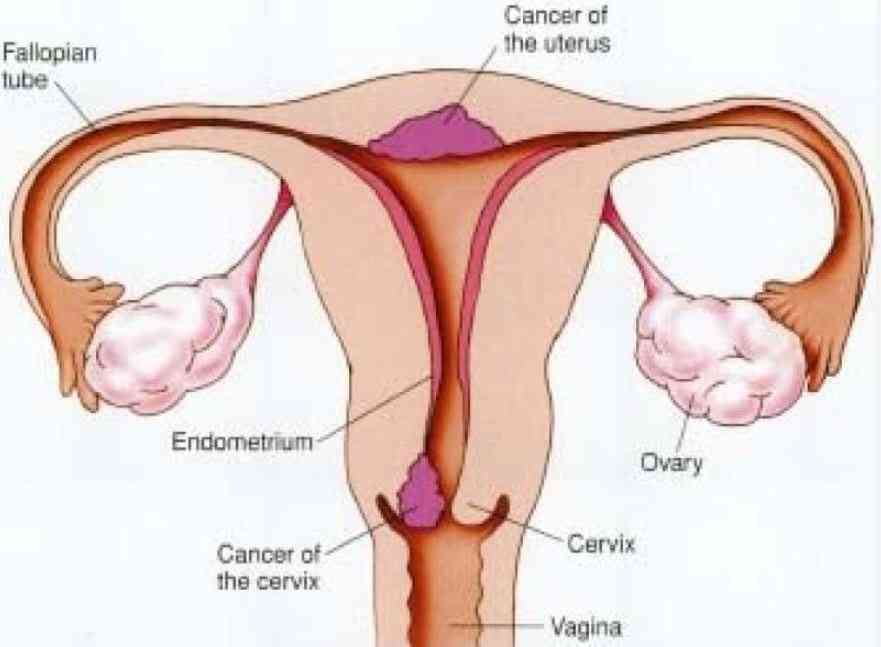
Malaria and climate change are closely related, scientists say. They believe climate change experienced in different places in the world contributes to vector-borne diseases, including malaria, which is highly endemic in Africa.
Speaking to The Standard in an interview, principal research scientist at Kemri in Kisumu at the centre for global health research Dr Andrew Githeko, says malaria cases will be prevalent in places where conditions for mosquito breeding are favourable.
For instance, malaria will be highly prevalent in the lake basin region and low in the highlands.
He says, for the malaria parasite to develop in a mosquito, the temperature must be above 18 degrees, and if low, the parasites may not grow into maturity to be transmitted.
"The lake region has high temperatures and heavy rains which create good conditions for the breeding of mosquitoes, unlike in places with Lanina which means there is drought. Highlands which are mostly cold will have fewer mosquitoes because they don't thrive well in the cold areas."
Further, Githeko explains that the larvae stage of mosquitoes will die if the temperature falls below 14 degrees, being the reason why there are fewer mosquitoes in mountainous regions as they tend to go to warmer areas.
He adds that there is a high burden of malaria in the East African area which is a tropical zone with two rainy seasons (always warm and wet). Therefore, malaria is hyperendemic as compared to Zambia and other Southern countries where they have one rainy season. Githeko says transmission in East African is an all-year-round affair.

"Some clinical cases are experienced during the rainy season when the transmission is higher, where people get fever and others get the severe disease."
- Deadly parasite mimics malaria, quietly claiming lives undetected
- Kenya's delayed global fund pledge threatens treatment of HIV, malaria and TB
- Climate change impact on mind
- Killer counterfeits: How fake malaria drugs claim 100,000 lives every year
Keep Reading
The lake region, commonly called the Lake Basin, comprises the highlands surrounded by Lake Victoria and the Kano Plains which are prone to flooding with different prevalence depending on the season.
For instance, he says prevalence in the Kano Plains adjacent to the lake is higher because it is hotter and surrounded by water when it rains, going as high as 20 per cent, unlike in other areas such as Homa Bay.
"This is because the main control method has been insect-treated bed nets, quick diagnoses and community-level entry at the hospital, but the Indoor Residual Spraying method was introduced in Homa Bay due to the high transmission that has brought down malaria prevalence in the area from 20 per cent to one per cent."
However, according to the researcher, prevalence is best stated according to the method used during the analysis. Githeko notes that diagnosing malaria using a microscope is not very accurate due to the residue amounts of parasites that are not easy to detect, but this may change when advanced technologies such as the Polymerase Chain Reaction (PCR) are used.
Dr Githeko says transmission of the residue parasites may continue in the population by people who may not have symptoms, who may not seek treatment because they do not feel sick and will, therefore, continue to transmit the parasite through mosquitoes to other people.
Further, he says malaria is responsible for anaemia in young children, with many cases of sickle cell anaemia in the Lake Region found along the malaria belt.
Although it may take a longer time to reverse the effects of climate change, scientists call for the reduction of carbon emissions by 50 per cent by 2030, because the more carbon, the hotter it will get.

"This may reach a point where it will be catastrophic with rivers drying up, forest fires, storms or more, therefore, everybody should be working towards the reduction of the greenhouse gases."
Dr Githeko also welcomed the new malaria booster vaccine by Oxford that has been shown to meet the WHO-specified 75 per cent efficacy goal, saying it will be a game changer on the African continent.
Researchers from the University of Oxford recently reported new findings following the administration of a booster dose.
He recommends that researchers should continue with vector control since the 80 per cent protection achieved through the vaccine means the remaining 20 per cent may continue to transmit malaria into the population.
 The Standard Group Plc is a multi-media organization with investments in media
platforms spanning newspaper print
operations, television, radio broadcasting, digital and online services. The
Standard Group is recognized as a
leading multi-media house in Kenya with a key influence in matters of national
and international interest.
The Standard Group Plc is a multi-media organization with investments in media
platforms spanning newspaper print
operations, television, radio broadcasting, digital and online services. The
Standard Group is recognized as a
leading multi-media house in Kenya with a key influence in matters of national
and international interest.











